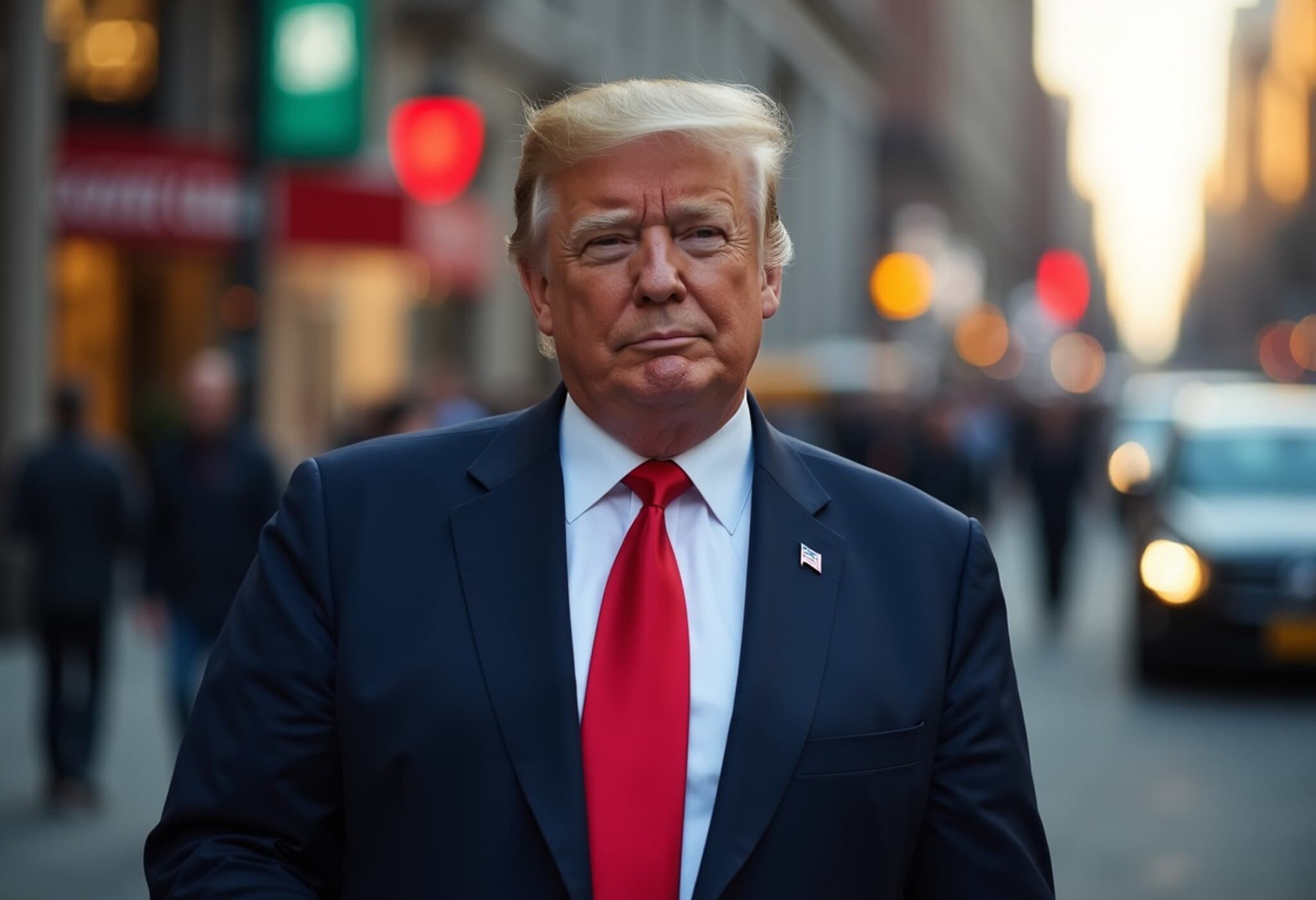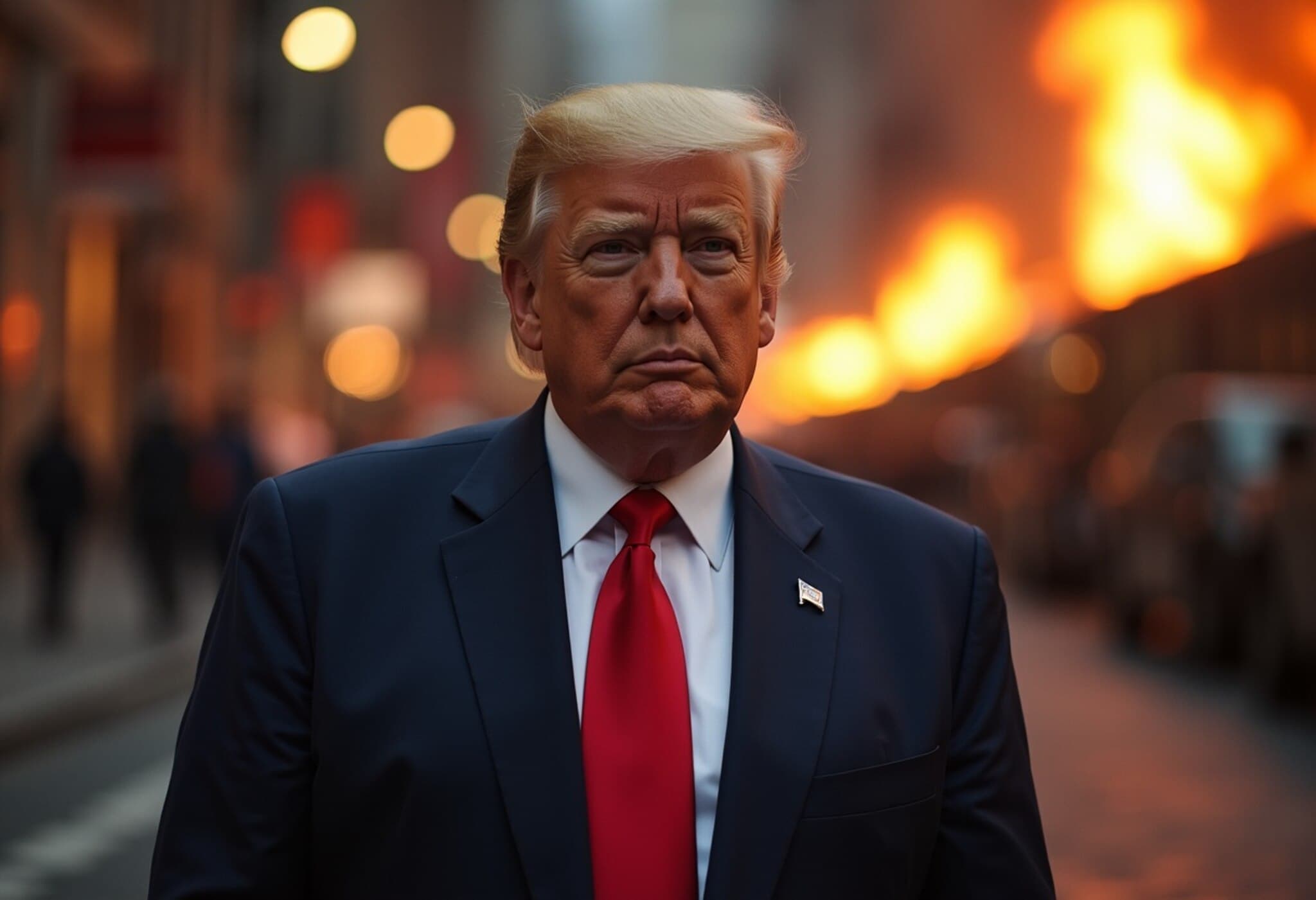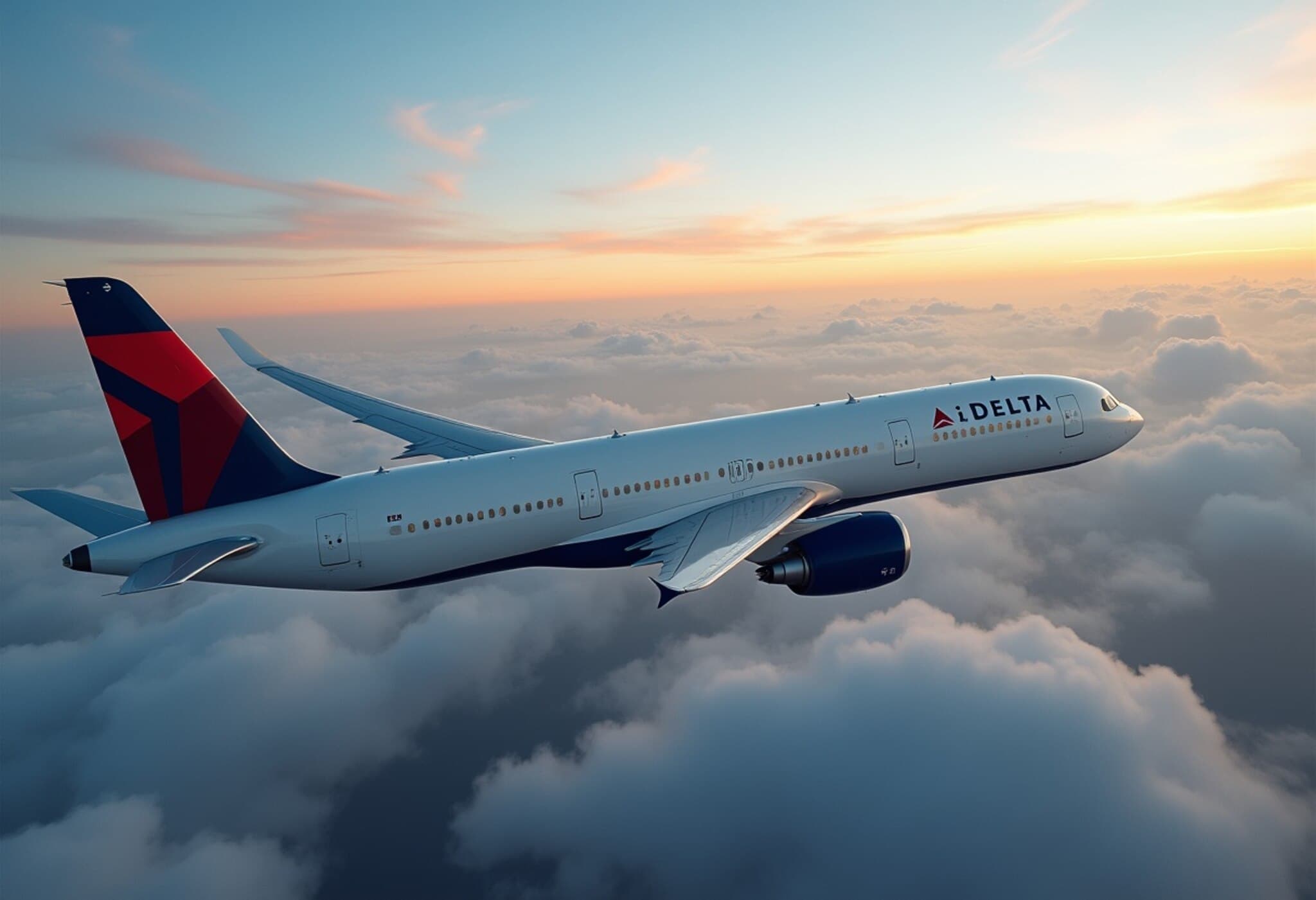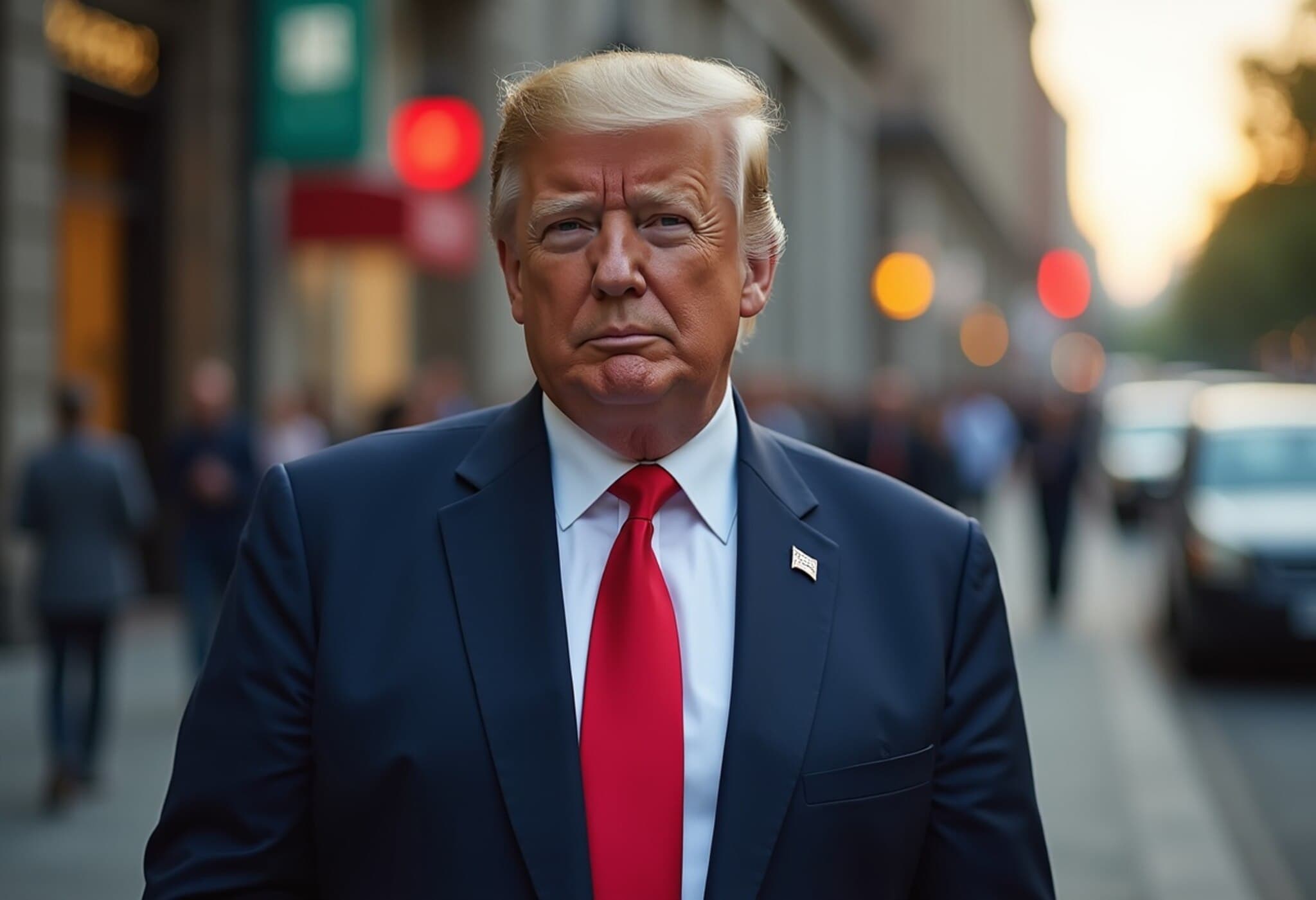Prime Day 2025 Sees U.S. Online Sales Soar to $7.9 Billion in First 24 Hours
In a striking testament to the resilience of U.S. e-commerce, retailers collectively amassed $7.9 billion in online sales within the opening 24 hours of Amazon’s Prime Day event, marking nearly a 10% increase compared to last year. This surge, reported by Adobe Analytics, underscores Prime Day’s growing influence as a retail powerhouse, eclipsing even last year’s Thanksgiving online spending figures.
Amazon's Extended Prime Day Drives New Shopping Behaviors
This year, Amazon is stretching its annual sales extravaganza over four days—its longest Prime Day event to date—from Tuesday, July 8 through Friday. Originally conceived in 2015 to attract new Prime members, Prime Day’s extended duration is reshaping consumer buying patterns, with purchases dispersed more evenly across the event.
“Early numbers may look softer compared to last year's spike,” notes Kashif Zafar, CEO of Xnurta, an advertising platform championing over 20,000 online vendors. “But the longer event duration means shoppers are pacing themselves differently, not rushing to buy on a single day.”
Retailers Respond with Competitive Sales Amid a Complex Economic Backdrop
Amazon’s sales bonanza has ignited a competitive response from other major retailers gearing up for summer promotions. Walmart kicked off its six-day sale simultaneously, Target launched its own summer sale the weekend prior, and Best Buy introduced a Black Friday in July event starting Monday.
These overlapping promotions spotlight how traditional retail giants are aggressively courting consumers who remain cautious amid economic uncertainties.
Product Demand Reflects Broader Consumer Sentiments
The initial day’s sales spotlight consumer priorities: home and outdoor goods experienced notable demand – a reflection perhaps of ongoing trends in at-home lifestyles and outdoor activities. In contrast, categories like beauty and household essentials showed more subdued early interest but could see momentum as the event progresses.
Economic Uncertainty Looms Amid Tariff Concerns
The backdrop to this bustling retail activity includes apprehension over the impact of President Donald Trump's tariff policies, which continue to unsettle both businesses and shoppers. While Amazon CEO Andy Jassy recently stated there are no significant price hikes on Amazon products attributable to tariffs, some sellers have had to adjust pricing to accommodate increased costs tied to tariffs on Chinese-manufactured goods.
This uncertainty is reflected in the dip in U.S. consumer confidence following a brief rise in May, as noted by the Conference Board. Shoppers and retailers alike are navigating a marketplace where geopolitical decisions ripple unpredictably through supply chains and pricing.
Looking Ahead: Prime Day’s Growing Economic Footprint
Over the entire 96-hour Prime Day period, Adobe forecasts online sales across retailers could reach an impressive $23.8 billion, effectively equating to the combined economic heft of two Black Fridays. Last year, approximately 113 million U.S. online shoppers participated during the 48-hour sale window, and with the event’s extension, consumer participation and spending patterns may recalibrate in interesting ways.
Expert Insight: What Prime Day Tells Us About Retail Resilience and Consumer Behavior
Prime Day’s ability to generate record-breaking sales amid a volatile economic climate reveals several critical trends for experts and market watchers:
- Adaptation to Extended Sales Events: Retailers are learning to cultivate prolonged engagement, encouraging customers to make purchases throughout the event rather than in a frenzy, supporting sustained sales velocity.
- Consumer Sensitivity to Economic Signals: Despite underlying concerns such as tariffs and inflation, shoppers remain eager to capitalize on perceived value during sales, balancing caution with opportunity.
- Competitive Market Dynamics: Other retailers’ aggressive counter-programming signals that Prime Day's influence is reshaping seasonal sales calendars and pushing a more dynamic retail marketplace.
Editor's Note
As Prime Day extends into a multi-day event, this shift challenges traditional retail models and invites broader questions: Will extended sales windows become the new norm? How will ongoing geopolitical issues, such as tariff tensions, continue to shape pricing and consumer confidence? Monitoring these evolving factors will be vital for understanding the future of American retail and e-commerce landscapes.
Overall, Prime Day 2025 not only highlights robust consumer demand but also underscores the complex interplay of market forces at a pivotal moment in global commerce.



















